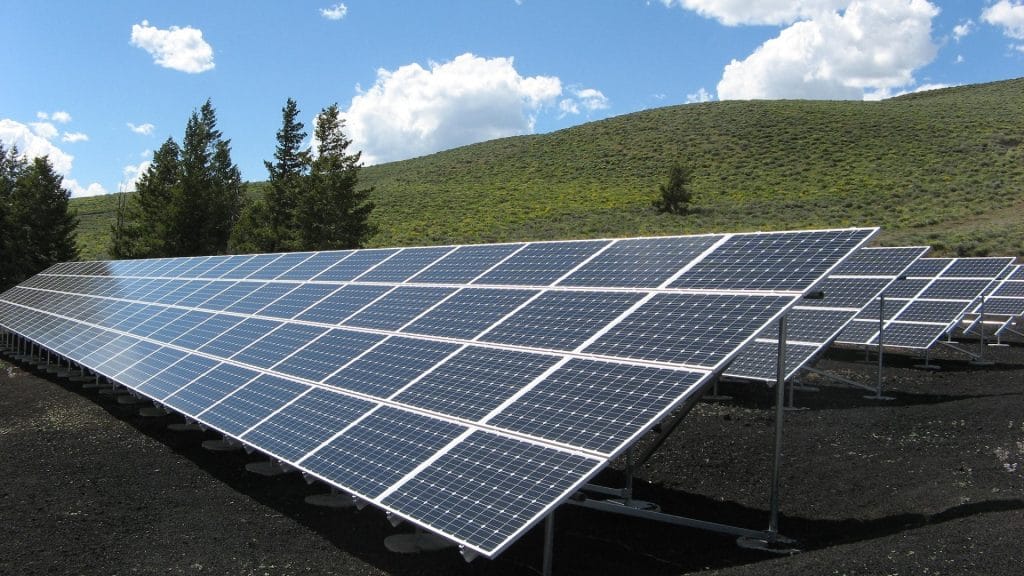Global Renewable Power Surpasses Coal for the First Time

• Renewable generation reached 5,072 TWh in the first half of 2025, overtaking coal’s 4,896 TWh.
• China and India accounted for the bulk of global solar and wind expansion, offsetting fossil growth elsewhere.
• Renewables met all new global electricity demand, marking a decisive shift in the world’s energy mix.
A Historic Shift in Global Power Generation
Renewable energy has overtaken coal as the world’s largest source of electricity generation for the first time, according to new data from global energy think tank Ember. The report, released Tuesday, shows that in the first half of 2025, wind and solar power combined produced more electricity globally than coal, signaling a fundamental transformation in the global power sector’s carbon profile.
Between January and June 2025, renewables supplied 5,072 terawatt hours (TWh) of electricity—surpassing coal’s 4,896 TWh. The shift, driven primarily by surging installations in China and India, comes as global power demand rose by 2.6% over the same period.
“We are seeing the first signs of a crucial turning point,” said Małgorzata Wiatros-Motyka, senior electricity analyst at Ember. “Solar and wind are now growing fast enough to meet the world’s growing appetite for electricity.”
Asia Drives the Global Energy Transition
China and India led the surge, accounting for the majority of global renewable capacity additions. China—the world’s largest power consumer—expanded its solar output by 43% and wind generation by 16%, while reducing fossil fuel generation by 2%. India’s solar and wind generation grew by 31% and 29% respectively, cutting its coal and gas reliance by 3.1%.
The two nations’ combined efforts offset increases in fossil-fuel generation in the United States and European Union, where weaker wind and hydropower output, coupled with rising demand, drove up the use of coal and gas.
China’s renewable expansion has been accelerated by policy incentives, record-low solar prices, and state-led investment in grid-scale battery storage. India, meanwhile, continues to strengthen its national renewable energy mission, targeting 500 GW of non-fossil capacity by 2030.
Fossil Fuels Persist in Western Markets
In contrast to Asia’s decarbonization momentum, both the United States and Europe recorded upticks in fossil-fuel generation. U.S. coal generation increased 17% in the first half of the year, while gas generation fell by nearly 4%. Across the EU, gas-fired power rose by 14% and coal by 1.1%, reversing much of 2024’s progress.
The U.S. policy environment has contributed to this divergence. President Donald Trump’s administration, elected on a platform of energy independence, has issued executive orders to expand coal mining and pledged renewed support for coal-fired power plants. In Europe, unusually dry weather constrained hydroelectric generation, forcing several markets to rely on backup fossil capacity.
RELATED ARTICLE: Masdar Expands Iberian Renewable Footprint With $392M Spanish Solar Deal
Solar Leads Global Growth
Solar power was the single largest driver of renewable expansion, meeting 83% of the increase in global electricity demand during the first half of the year. Wind contributed another 97 TWh, collectively offsetting fossil generation growth in most emerging economies.
Ember’s data highlights solar’s rapid cost decline—down 99.9% since 1975—as a major enabler of this global transition. Lower-income countries are increasingly turning to solar as the cheapest and easiest-to-deploy generation technology, particularly in regions where grid electricity remains unreliable or expensive.
In many markets, the economics are now clear: new solar installations undercut even the operating costs of existing coal plants. This cost advantage has made solar the fastest-growing source of new electricity globally for three consecutive years.
Implications for Global Climate and Finance
For policymakers and investors, the global crossover between renewables and coal signals both opportunity and urgency. The pace of renewable deployment is now fast enough to meet incremental electricity demand without raising total fossil-fuel use—a key milestone for aligning with the Paris Agreement.
However, maintaining momentum will require robust investment in grid infrastructure, storage, and policy stability. The International Energy Agency has warned that policy uncertainty in major “wind belt” regions and supply-chain bottlenecks could slow deployment in 2026.
For institutional investors, the trend consolidates renewables’ dominance as a long-term asset class. The ability of solar and wind to absorb all new demand growth confirms their centrality to future power markets, with implications for utilities, miners, and sovereign climate strategies.
The Turning Point in Energy History
The global power mix is undergoing its most consequential transition in a century. With renewables now producing more electricity than coal, the world has entered a new phase of decarbonization—one where technology, policy, and market forces are converging toward a lower-carbon energy economy.
Whether the trend endures will depend on the capacity of advanced economies to reverse their fossil rebound and on continued renewable buildout in Asia. For now, though, the data points to a clear direction of travel: the world’s electricity future is being reshaped by sunlight and wind.
Follow ESG News on LinkedIn










